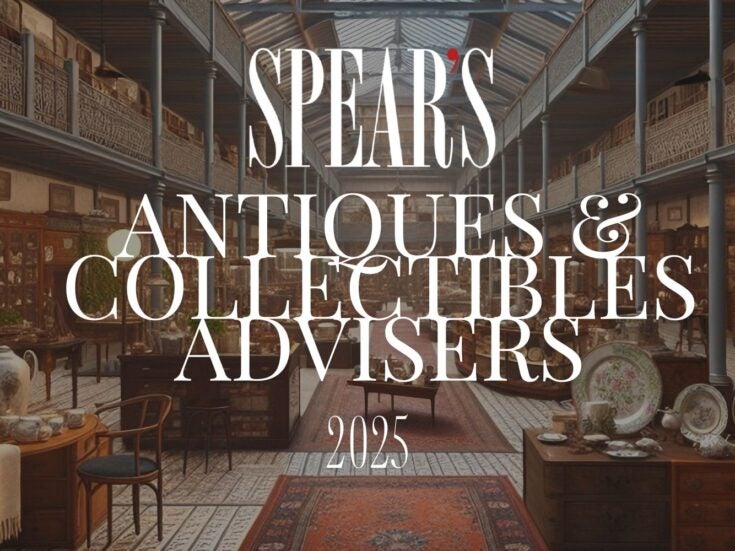
According to the Report, the rise of art collecting and investing by a new generation of wealth is creating a more complex set of financial and non-financial needs which go beyond the traditional range of services family offices offer, and indeed are ill-equipped to provide. “Successfully managing the interests of ultra-high-net-worth families with exceptional art wealth requires long term financial planning for the art assets,” said Randall Willette, Founder and Managing Director of Fine Art Wealth Management.
Read Fine Art Wealth Management’s new report on manangin family art wealth
Traditionally a small number of private banks have offered clients interested in art a limited number of art services. However few wealth managers have approached art as an asset class requiring its own unique set of financial solutions including: art financing, succession planning, structured art investment, and philanthropy incorporating all of these onto one platform.
An art collection requires the same strategic planning as other financial investments and will the help of skilled advice can become an effective working asset. Once a collection has passed a certain threshold, a wide range of financial planning considerations can come into play including succession planning, art financing, structured art investment and philanthropy.
Since most family collections are unique and irreplaceable, proper documentation is crucial and can decide whether a painting has higher or lower value. Putting in place sound art governance and undertaking comprehensive art due- diligence can also help prevent or diminish family disputes. If the assets are not appraised and documentation reviewed for proper title, authentication, condition, and provenance distribution of individual items can result in a highly inequitable allocation at time of distribution.
Dealing professionally with art requires time and extensive knowledge. In most cases an expert is compelled to examine the historical material and form his own opinion. The contradictions which arise in this context may have less to do with the subject of art history as they have to do with the expert himself. Family offices would be wise to seek advice from independent professionals who have no vested interest in the art and draw on expertise from both the academic and commercial art worlds.
Having created or inherited a collection, many families will wish to ensure it is preserved both during their lifetime and for future generations. Planning how to transfer a family collection to the next generation can be one of the most critical aspects of managing art wealth. One key to making sure a family collection doesn’t damage family harmony is to work toward open communication and look for creative ways to include family members in the decision-making process. Family offices need to consider art as part of the overall financial and estate planning process for wealthy families especially in relation to other assets such as property, stocks, and bonds.
Today the private collections of ultra-high net worth families can rival those of major art institutions and by joining forces an extended family unit can make significant impact on the global art market. Private museums and foundations are being created at an astounding rate and for many collecting families art giving has become synonymous with art investing. Wealthy families are moving toward an increased focus on using their collections and their wealth to realise what they define as a richer life and to achieve a greater sense of fulfilment for themselves and for their community.
Some art fund advisors engage in a broad spectrum of activities in the art market. As such, there may arise instances where the interests of the advisor conflict with the interest of the investor and a well- structured art fund should protect investors from such risks. It is worth noting that prevailing UK financial services regulation requires that potential investors in art funds are required to nominate a Financial Service Authority (FSA) regulated investment adviser to participate on the investor’s behalf in the evaluation and selection process.
Read Fine Art Wealth Management’s new report on manangin family art wealth






